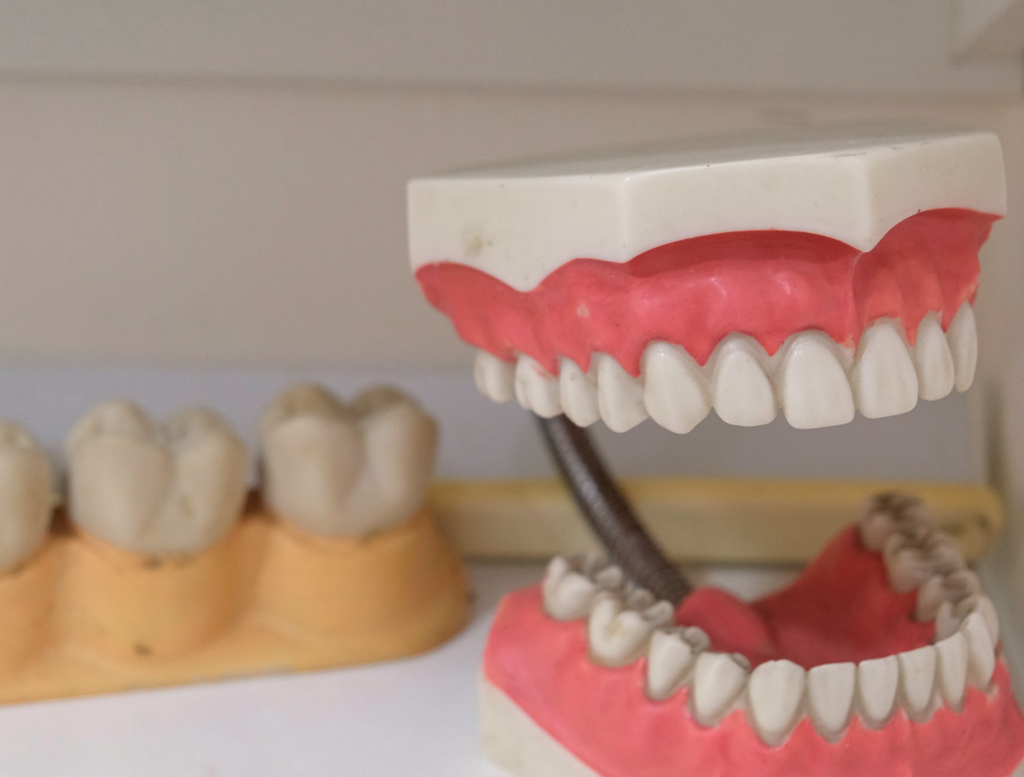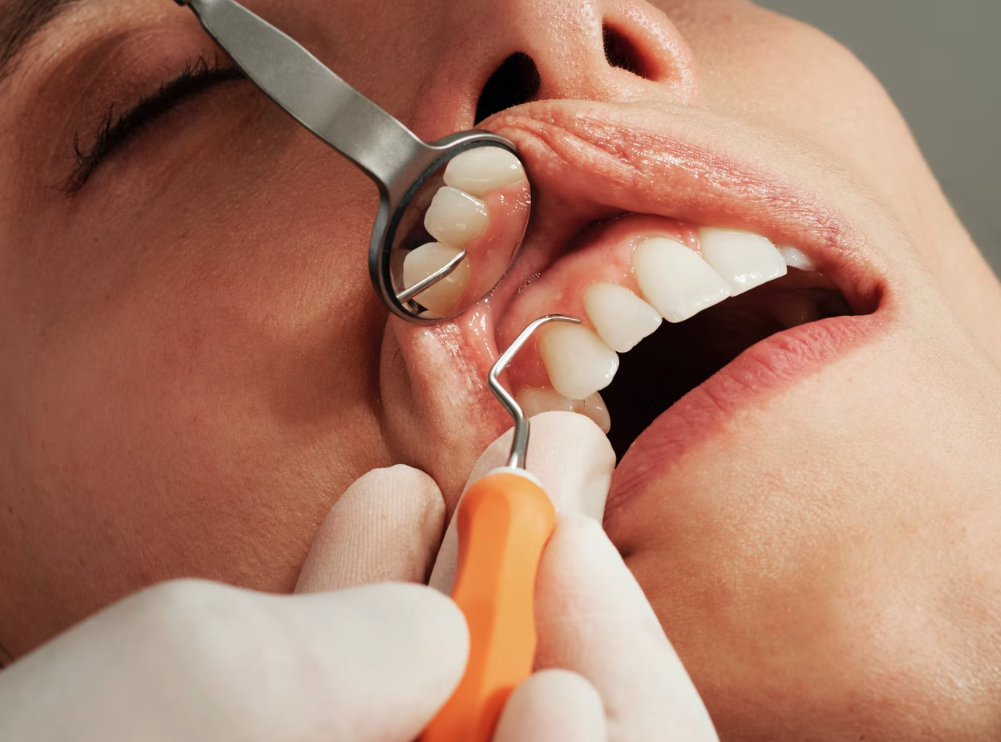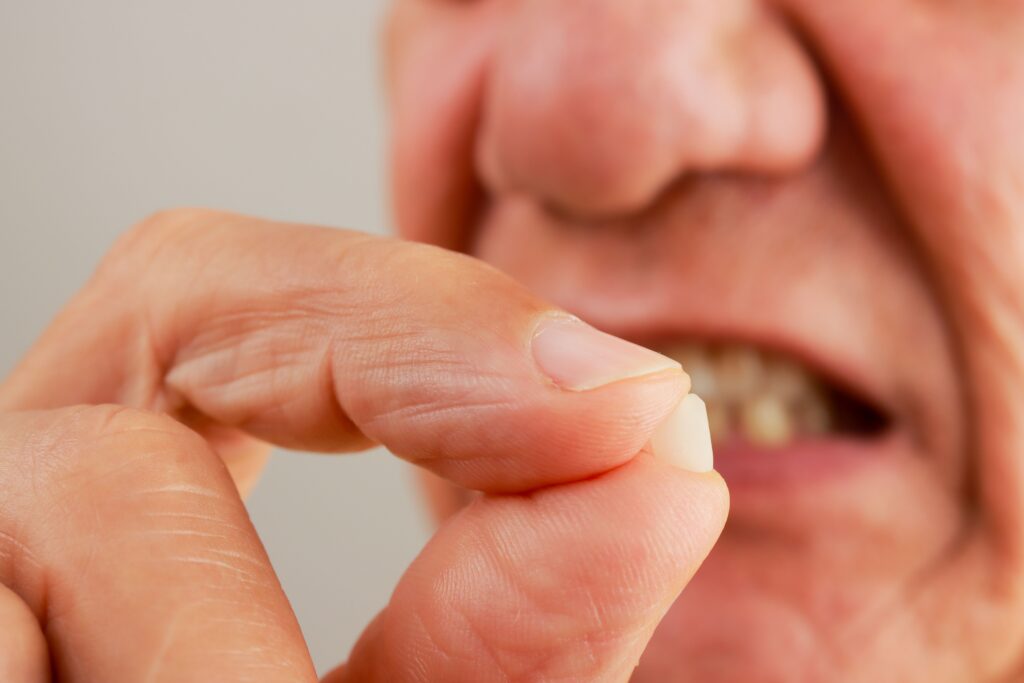Cavities, also known as dental caries, are areas of tooth decay caused by bacteria in your mouth producing acids that erode the enamel. Understanding how quickly cavities can develop and the signs to look for can help you maintain better oral health and prevent serious dental issues.
Can You Get Cavities Fast?
Yes, cavities can develop relatively quickly, especially if you have poor oral hygiene or consume a lot of sugary foods and drinks. The speed at which a cavity forms can vary depending on several factors, including:
- Diet: Frequent consumption of sugary or acidic foods and drinks can accelerate the formation of cavities.
- Oral Hygiene: Inadequate brushing and flossing can lead to plaque buildup, which increases the risk of cavities.
- Saliva Production: Saliva helps neutralize acids and wash away food particles. Reduced saliva production can increase the risk of cavities.
- Tooth Enamel Strength: Weaker enamel is more susceptible to decay.
Can a Cavity Show Up Overnight?

While a cavity cannot form overnight, the process leading to a cavity can begin quickly if conditions are right. Bacteria in your mouth produce acids whenever you consume food or drinks, especially those high in sugar. These acids start to erode the enamel almost immediately. However, it takes time for this erosion to develop into a visible cavity.
Can Cavities Suddenly Appear?
Cavities don’t appear suddenly. The process of tooth decay happens over time. Initially, you might not notice any visible signs or symptoms. As the decay progresses, you may start to see white spots on your teeth, which indicate the early stages of demineralization. If the decay continues without intervention, it can eventually form a hole or cavity in the tooth.
Can a Cavity Form in 2 Weeks?
While it’s unlikely for a fully developed cavity to form in just two weeks, early stages of tooth decay can begin in this short period if conditions are favorable for bacterial growth. If you frequently consume sugary foods and drinks, neglect your oral hygiene, and have other risk factors, the initial stages of enamel erosion can start quickly. However, a visible cavity typically takes longer to develop.
What Is a Stage 1 Early Cavity?

A Stage 1 early cavity, also known as incipient decay, is the initial phase of tooth decay. At this stage, the decay is limited to the enamel and has not yet reached the deeper layers of the tooth. Here are some characteristics of a Stage 1 early cavity:
- White Spots: The first sign of an early cavity is usually a white spot on the tooth, indicating demineralization.
- No Pain: At this stage, you likely won’t feel any pain or sensitivity because the decay has not penetrated deeper into the tooth.
- Reversible: With proper oral care, including fluoride treatments and improved brushing and flossing habits, it is possible to reverse the damage at this stage and prevent further decay.
What Does a Very Early Cavity Look Like?
A very early cavity often appears as a white or chalky spot on the tooth. This is a sign of demineralization, where minerals are being lost from the enamel due to acid exposure. These spots can be difficult to notice without close inspection, but a dentist can detect them during a routine check-up.
At this stage, the tooth’s surface remains intact, and with proper care, the decay process can be halted and even reversed. Fluoride treatments, improved oral hygiene, and a healthy diet can help remineralize the enamel and prevent the cavity from developing further.
How Long Can a Cavity Go Untreated?
The length of time a cavity can go untreated varies, but it is not advisable to ignore a cavity once it is detected. If left untreated, a cavity will continue to progress through the following stages:
- Enamel Decay: Initially, the cavity affects only the enamel. This stage can last several months to a year, depending on oral hygiene and dietary habits.
- Dentin Decay: If the cavity progresses past the enamel, it reaches the dentin, the layer beneath the enamel. Decay can spread more quickly at this stage, potentially taking a few months.
- Pulp Involvement: The next stage involves the pulp, the innermost part of the tooth containing nerves and blood vessels. This can cause severe pain and may lead to an abscess or infection if not treated promptly.
- Abscess Formation: An untreated cavity can lead to an abscess, a pocket of infection that can cause significant pain and swelling and may spread to other parts of the body if not addressed.
Leaving a cavity untreated can result in more extensive dental procedures, such as root canals or tooth extractions. It’s crucial to visit a dentist regularly to catch and treat cavities in their early stages.
Conclusion
Cavities can form relatively quickly, especially under poor oral hygiene and dietary habits. While a cavity doesn’t appear overnight, the decay process can begin swiftly, making it essential to maintain good oral care. Early detection and treatment of cavities can prevent them from worsening and causing more severe dental issues.
Recognizing the signs of early tooth decay, such as white spots on the teeth, can help you take action before a cavity fully develops. Regular dental check-ups, proper brushing and flossing, and a balanced diet low in sugary foods and drinks are key to preventing cavities and maintaining good oral health. If you suspect you have a cavity, don’t wait – see your dentist to address the issue promptly and avoid more serious complications.








